I found this 1950s-era Canadian military radio in an online Goodwill auction, of all places. It is missing its whip antenna, but a friend in Australia is helping me out with that. This one may be tricky to repair if it doesn’t already work, because all but one of the vacuum tubes are hermetically sealed into individual metal cans. The modular construction made these easy to repair in service, but I don’t have a stock of spare modules to draw from. Updated 2020-09-15: Added manual scans.
Oddly, the -3V battery pin is covered with a rubber plug. The plug seems to be firmly bonded to the rubber battery connector insulator, so I don’t want to pull it off until I’m sure that it doesn’t belong there. This is a mystery that I hope that other CPRC-26 fans can help me figure out. I later found that it pulls off and clearly doesn’t belong there.
It’s a bit surprising that this is my first CPRC-26. It just seems like a radio that I should have acquired many years ago, but it took me this long to get around to buying one.
The radio came with five out of six channel crystals installed, but two are duplicates. Unfortunately, none of them are for 51.0 MHz, the single most used channel for US ham radio operators who collect VHF low-band military FM radio gear. I think I’ve read that the CPRC-26 uses the same crystals as the US AN/PRC-6 radio.
The handset is very similar to the US H-33/U handset, but with a bakelite piece bonded on the outside of the rubber PTT switch boot, and a different connector. The PTT switch piece is cracked, so I’ll need to repair or replace it.
Three of the bottom case screws are missing. They’re sealing type screws with little O-rings in recesses under the heads. The top of the case is secured with four clamps. Two of them had fallen off in shipping, but luckily I found them in the packing material before I threw away the shipping box.
2020-09-15 update:
Since I orginally made this blog post, I’ve gotten my hands on the crystals and accessories that I’ll need to restore this radio. I just need to make a battery pack or adapter for it.
Here are some technical manual scans which have been sent to me and/or I’ve found online. I hope they will help other CPRC-26 collectors who may stumble onto this page.
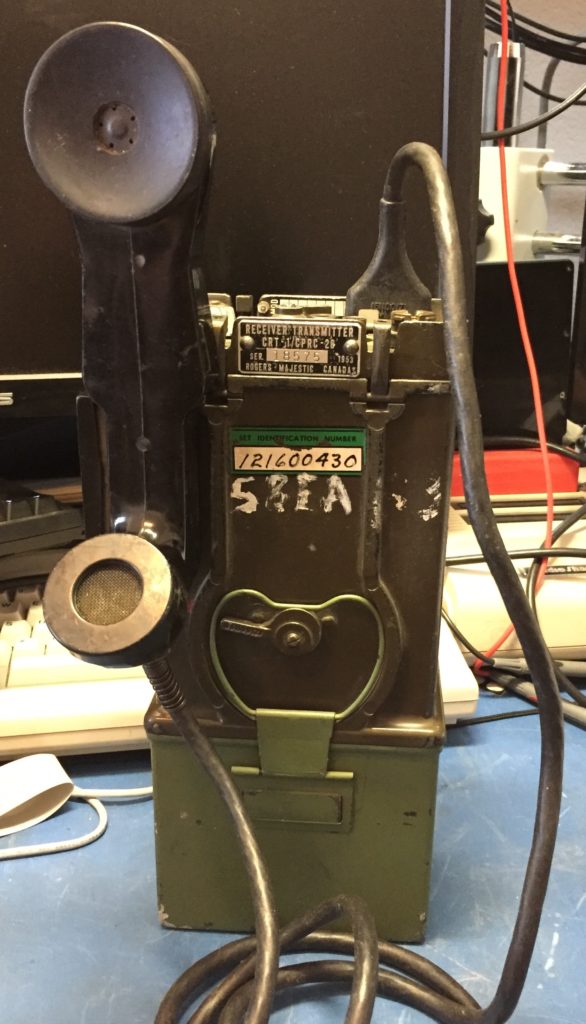
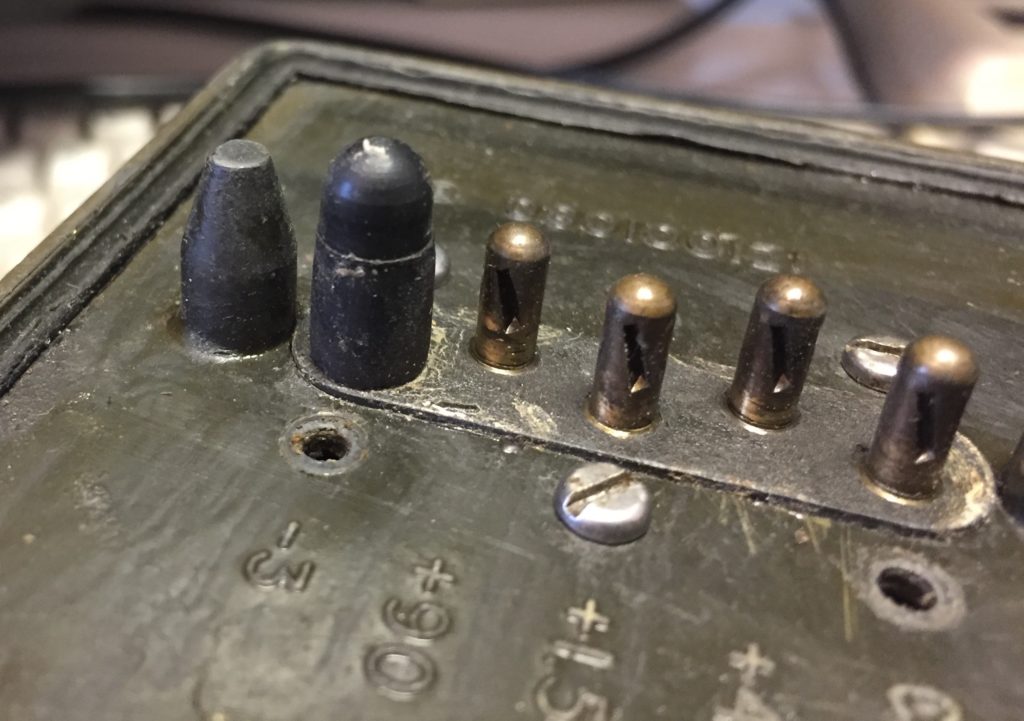
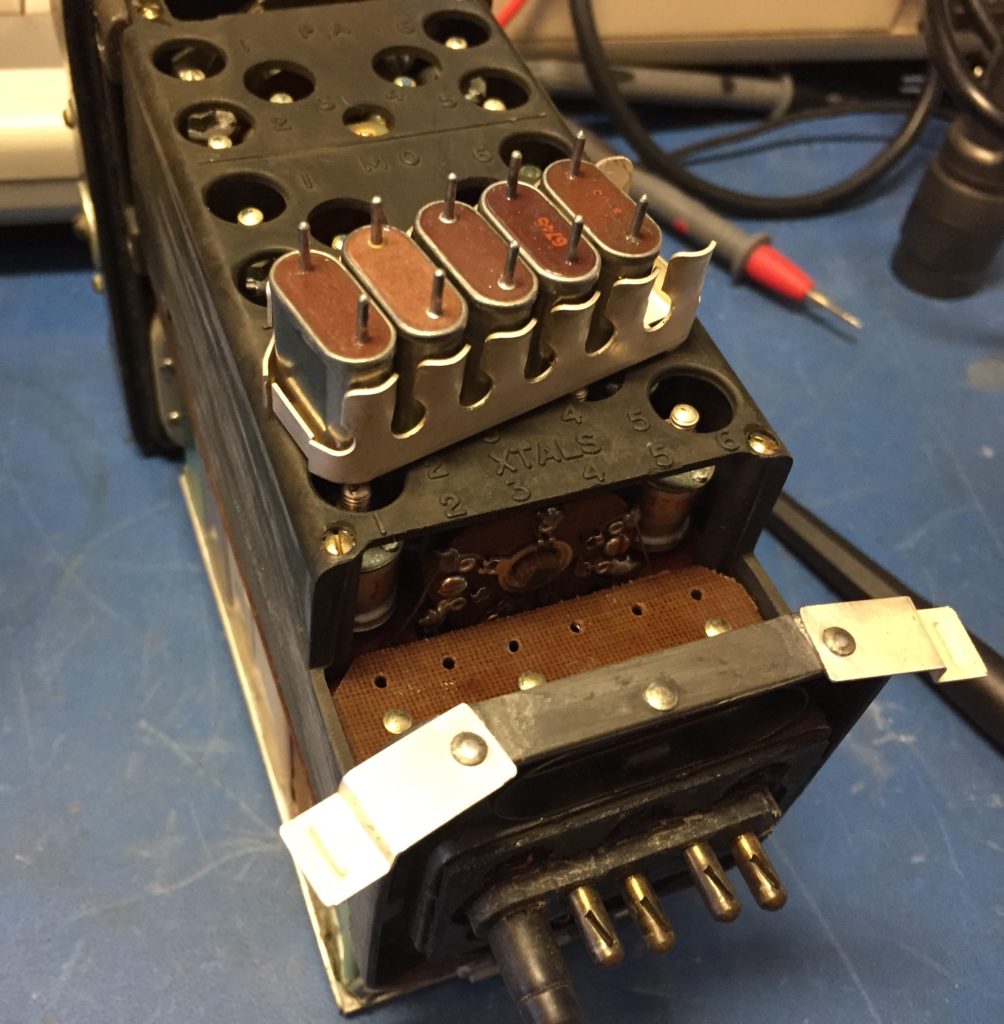



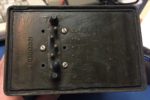
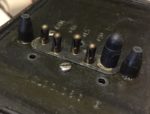
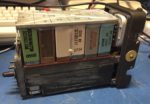
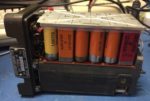

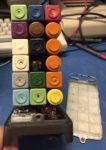
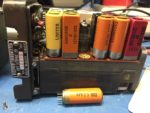

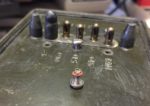
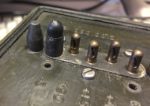





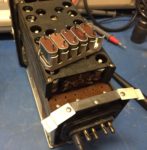
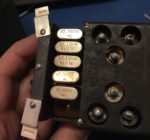
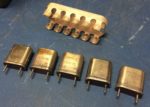
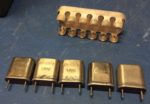
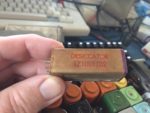
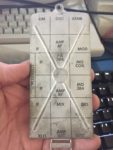
Hi, thanks for the guide. I have built a battery but when I switch the unit on I hear a faint click (not present when battery disconnected), but then no static. Handset tested and voltages double checked. Any ideas of where to start looking? Thanks
Hi! I have not trie dpowering up my CPRC-26 yet, but maybe somebody else will see this and offer some advice?
Ok, thanks anyway. Never hurts to try.
Kevin.
Are you looking for a CPRC-26 manual?
If so, which manual?
Ian, thanks again for your reply. No, I am looking to find a copy of Dave Strom’s “Power Up!: How to Make Battery Adapters for Military Radios.” The book is out of print and one of the posters in this thread appeared to indicate they might have access to a copy. I was attempting to see if it was possible to obtain or purchase a copy as I have several surplus radios I’m trying to build power sources for. (e.g. WS-88, PRC-6, etc)
He indicated he could not.
Best regards.
There is a bloke on eBay out of Italy that sells the power adapters that run off a 6v Sealed Lead Acid Battery. Jump on and check them out.
The battery can be built using two AA batteries for the bias voltage, 10 9V batteries in series with a center tap for the 45 V, and a C cells for the primary voltage. I made one but will have to go and look for it. In the early 1990’s a fellow in California made battery pack adapters for these radios, but he passed away in the mid 90’s. My CPRC-26 stuff needs to find a new home.
I have a pair of these. No batteries yet. But I’m going to make me a few.
I would like to get another radio set. Saw nothing on eBay.
I’m in California.
Doug, I’ll have to renew my search for the battery adapter and post a picture or two. It was basically a piece of aluminum for the outside shape, some plastic battery holders for the AA’s and C cell and a small piece of plastic board to mount the 9V clips on and solder the wires together.
We don’t see much on them any more because they are tube technology and the output is only about 1/4 watt (they were squad radios only designed for short range communications) and quite bulky and heavy compared to what is available commercially now. However, if you are a collector or military reenactor, they are a significant authentic piece of equipment. If I remember correctly they are similar to the British wireless set 19.
Yea, I figured the batteries are very few and beyond between.
But in I can find an old dead, ripped, leaking or otherwise dilapidated battery,
I can make new ones very close to the originals.